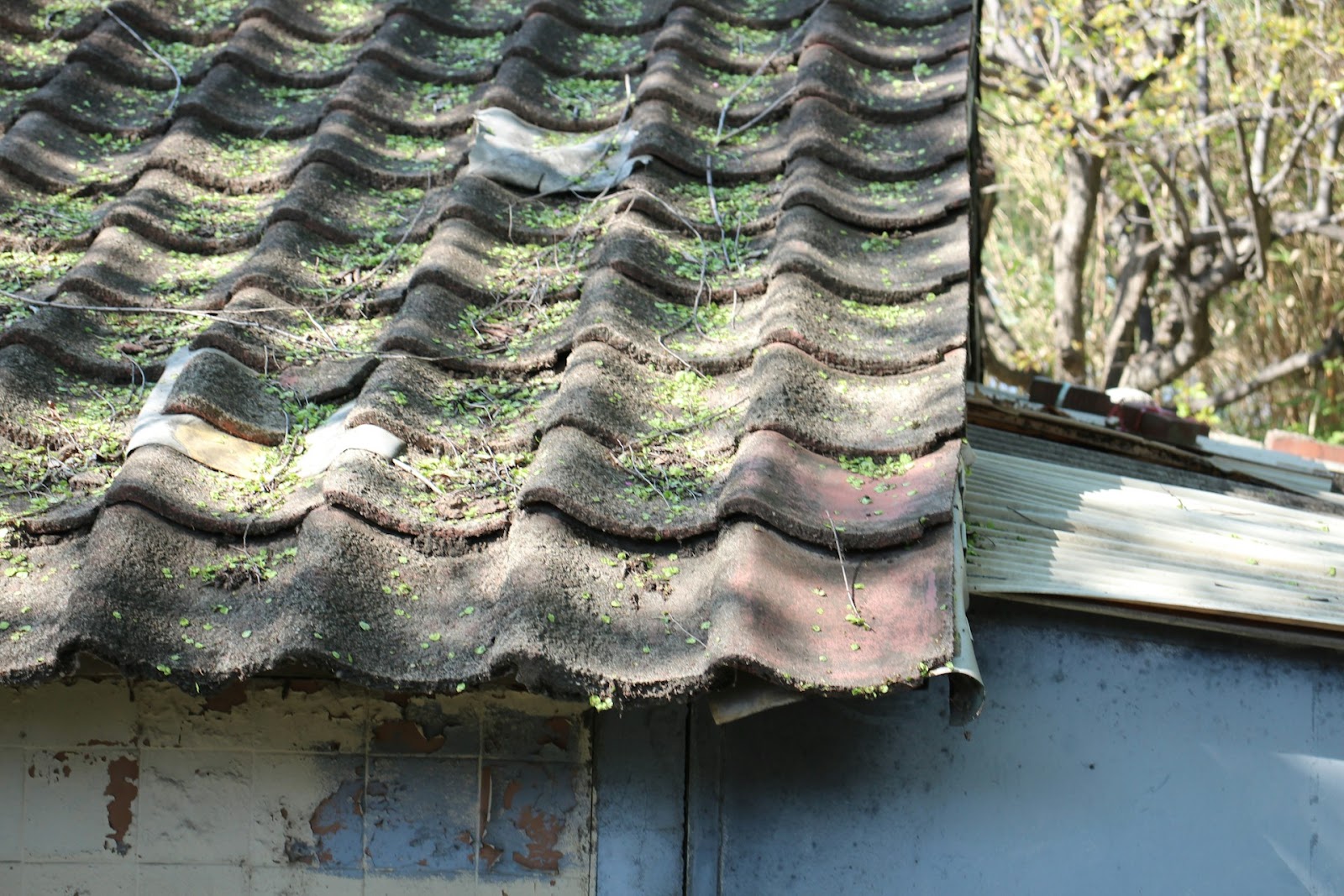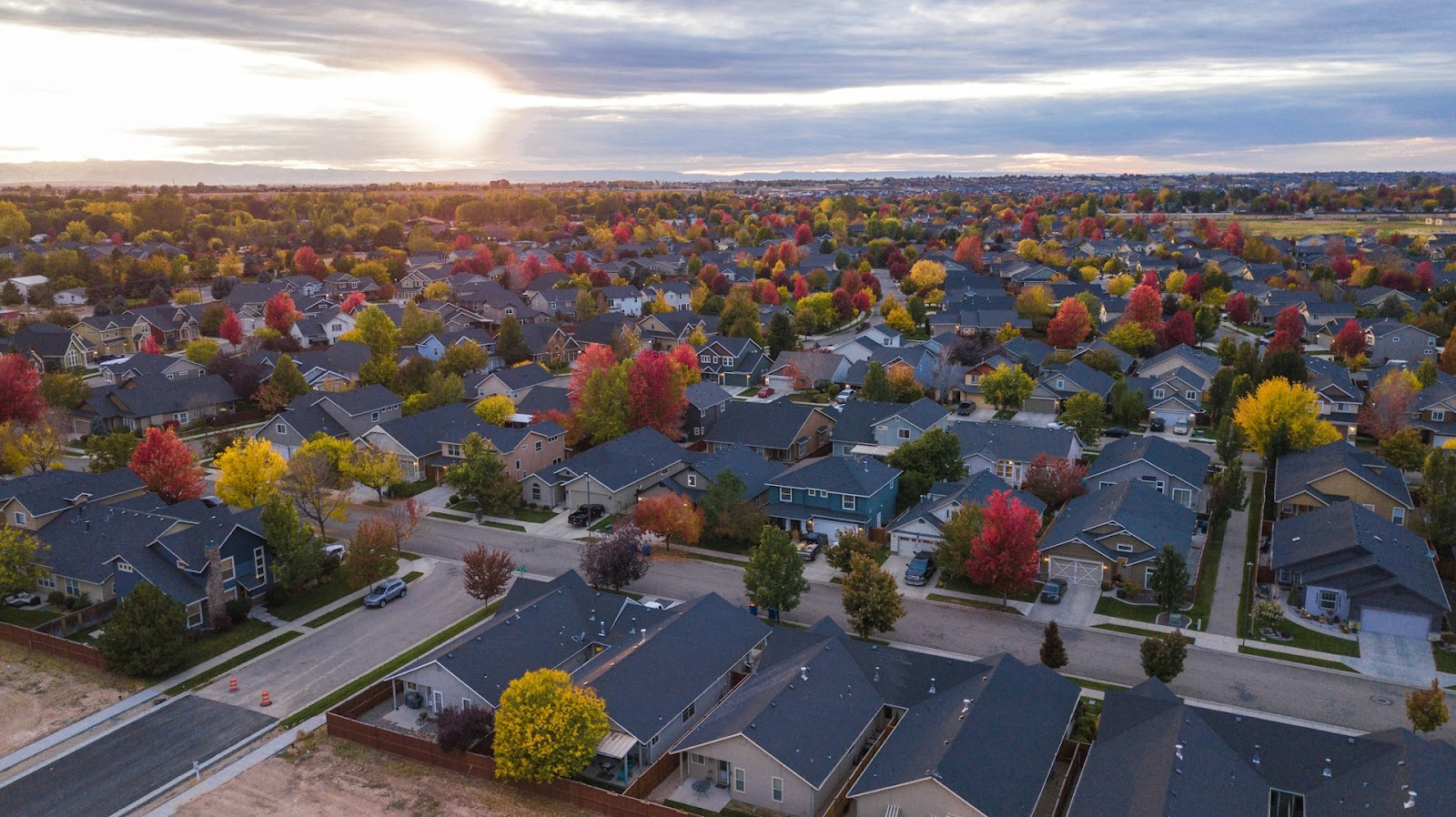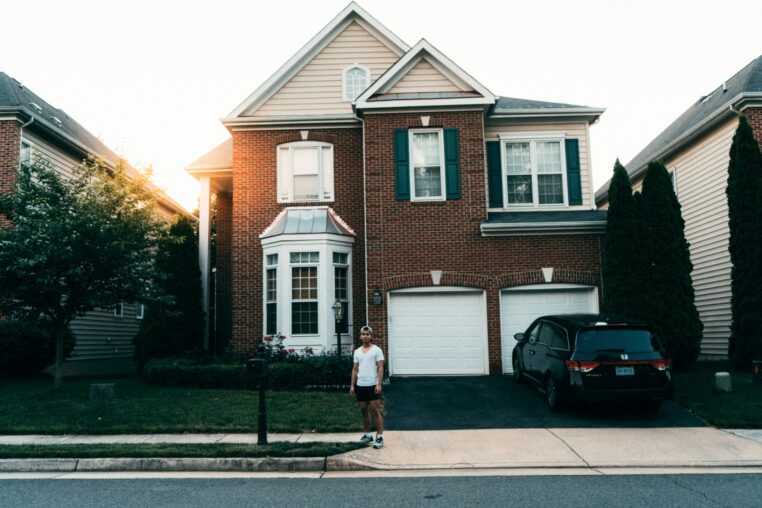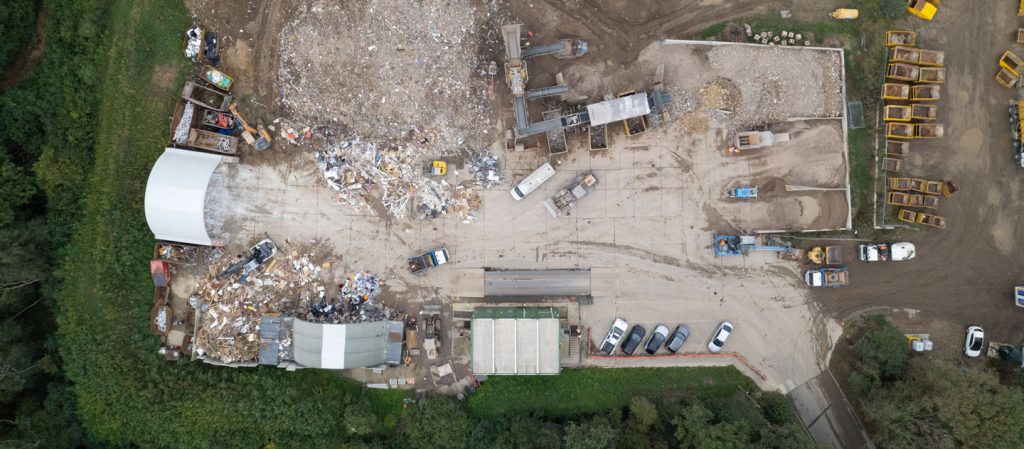Buying a house can be overwhelming, especially since there are many options, and it’s one of the most expensive investments you can make. At the same time, this can be a fun and exciting experience that you may look forward to.
But before you start getting all excited about having a new home, you should be aware of spotting the red flags when buying a house. In this article, we’ll explore some of the things you should take an extra look at so that you can be assured that you won’t have any problems with your new house in the future.
1. Structural Issues
While you can overlook small cracks, larger ones should raise concern, as they may indicate structural or foundation issues. If the house you’re considering has many large cracks, it might be best to move on, since fixing such problems can be costly.
Of course, you can also hire a professional home inspector for a second opinion, but if they determine that the issue lies with the foundation, repairs could take a significant amount of time.
2. Termites and Other Pest Infestations
Another red flag that you should stay away from when buying a house is when there are termites or other pest infestations. Real estate agents are surely aware of this problem, so you should ask before getting attached to the property. Of course, you can also hire a professional inspector for your peace of mind.
Just like the structural and foundation problem, having a pest infestation can also be an expensive thing to fix. Besides, there may be bigger problems that come with this initial problem.
3. Roof Condition
The roof protects the whole house from weather-related problems such as rain, storms, and heat. However, due to its daily wear and tear and other factors, it should be maintained properly. In addition, have a professional roof repair staff check it regularly, so you’ll be informed about the current status.
Unfortunately, if the seller doesn’t take the roof seriously, they may not be able to protect the house further. So, if you notice sagging, missing shingles, and watermarks indoors, take this as a red flag, and try to look for other home options, unless you’re fine with replacing the roof and ceiling of the whole house.

4. Old or Faulty Electrical Systems
A faulty electrical system isn’t just a red flag, but a dangerous factor if ignored. During the inspection, let the staff know if there are inconsistent lighting, overloaded circuits, and outdated wiring. Once the problems have been identified, let them assess whether the problems can be easily addressed.
Ensuring that the electrical system is in good condition prevents fires and electrical problems in the long run.
5. Plumbing and Mould Problems
Just like the electrical system, the plumbing should also be in excellent condition. In addition to causing low water pressure and supply interruptions, plumbing issues can lead to mould growth, which poses a health risk
So, while touring the house, check visible bubbles and stains near the pipes. In addition, don’t hesitate to try using the faucets and check for noise and drainage problems.
6. Neighbourhood Red Flags
Have you found the perfect house in a perfect property? Don’t be too excited yet, and consider inspecting the neighbourhood. Take note of whether people move out and their issues, crime rate, unmaintained properties, and noise. Even if you’re living in a perfect home, these things can still drive you away in the long run.
When investigating the neighbourhood, try to visit at different times and days of the week to check if the problems are constant, and if you’re fine with them.

7. Questionable DIY Projects
Have you noticed some questionable renovations? Does the seller like DIY home projects? Even if you’re not an expert, you can easily spot some weird home improvements, especially if they’re not usually seen in most houses. Of course, the home inspector can confirm whether your suspicions are true, but the problem lies in the long-term effects of this type of renovation, so think about it before agreeing to proceed with buying the house.
8. Too Good to Be True
Do you think the asking price is too good to be true? Well, it probably is. Consulting with real estate agents is something you should do when you encounter a promising house that costs a lot less than it looks. It may be because of something that the seller isn’t telling you, or it may be a scam.
So, work with professionals for a better understanding of the overall issue, if the price makes sense.
Final Thoughts
Nowadays, many properties look great in the picture but have underlying problems that can affect your daily living. And since buying a house is expensive, don’t let the Instagram-worthy surface drive you into buying a house that can cause headaches in the future.




